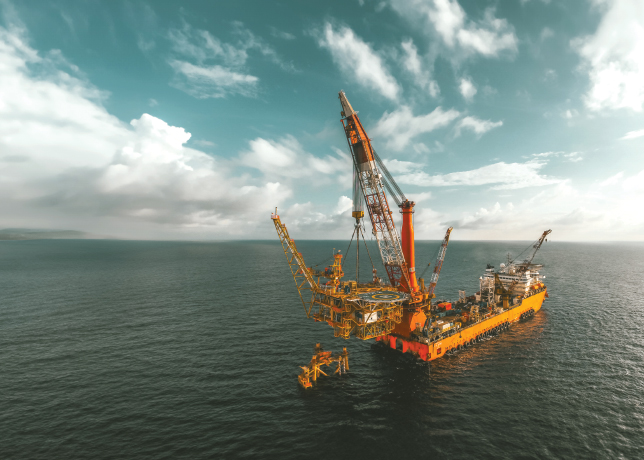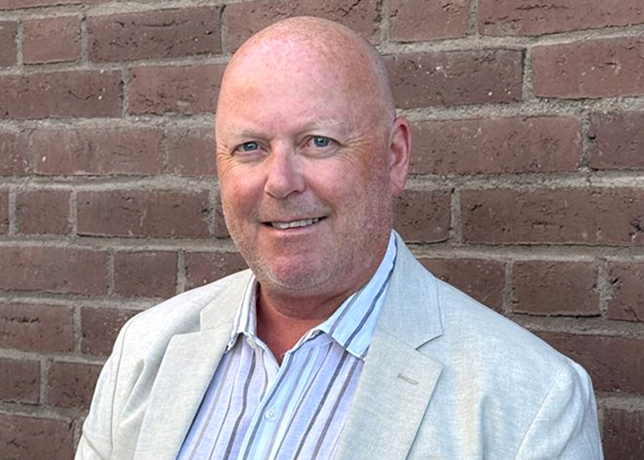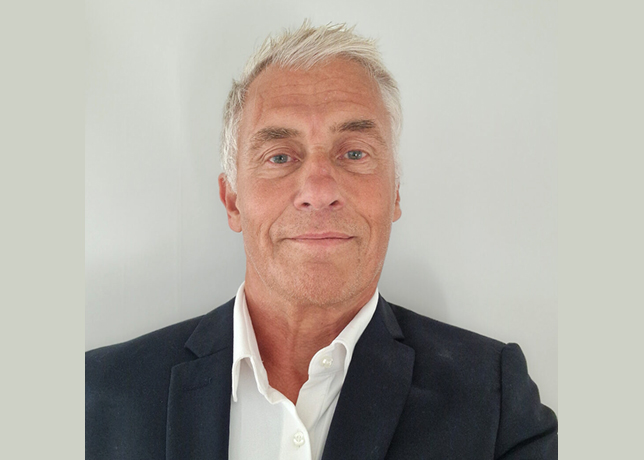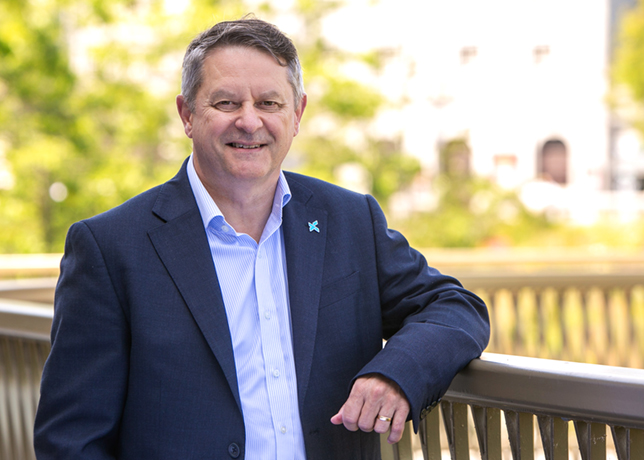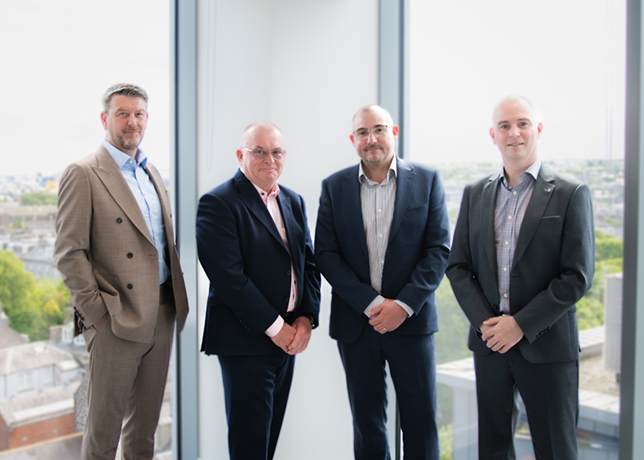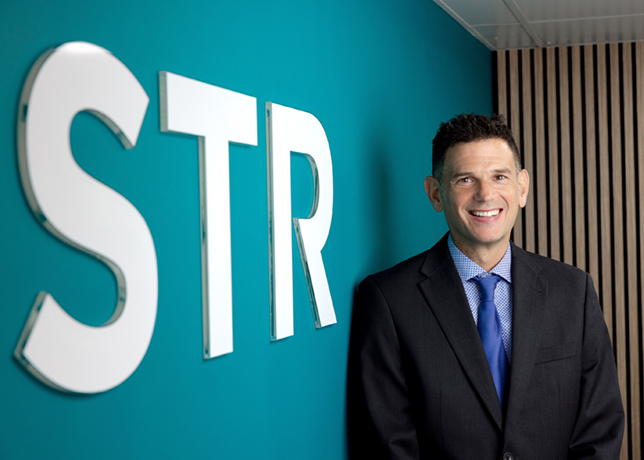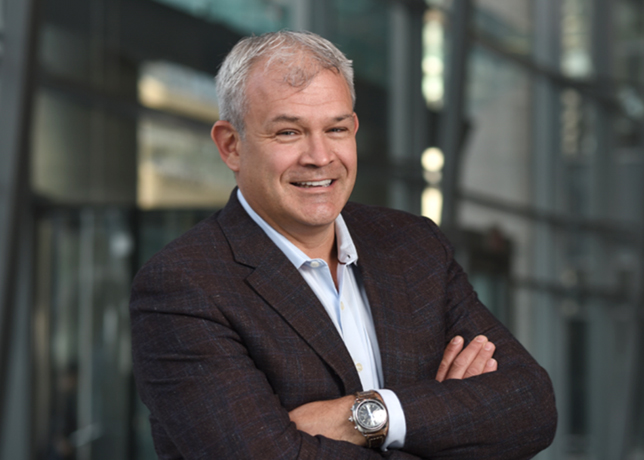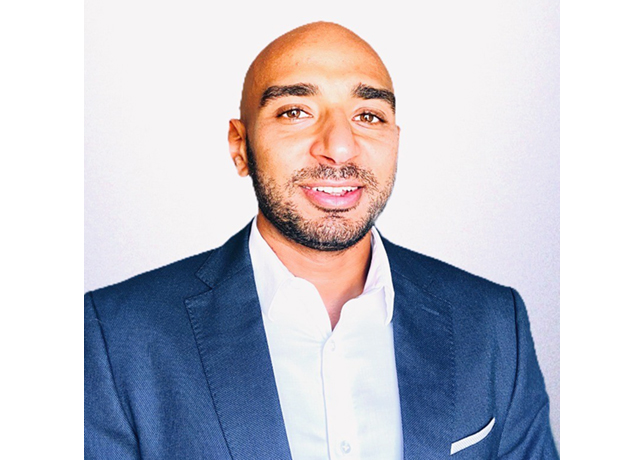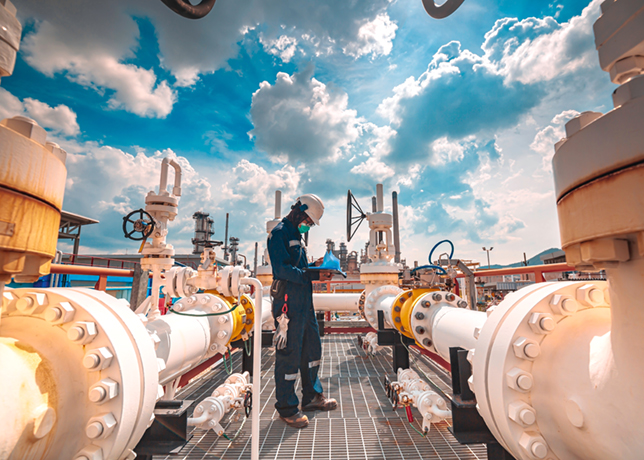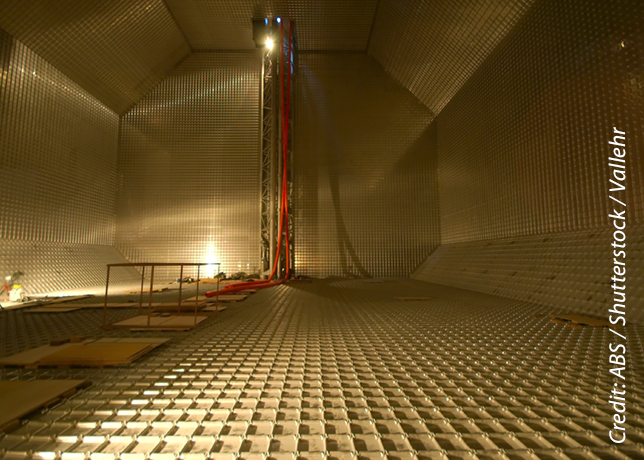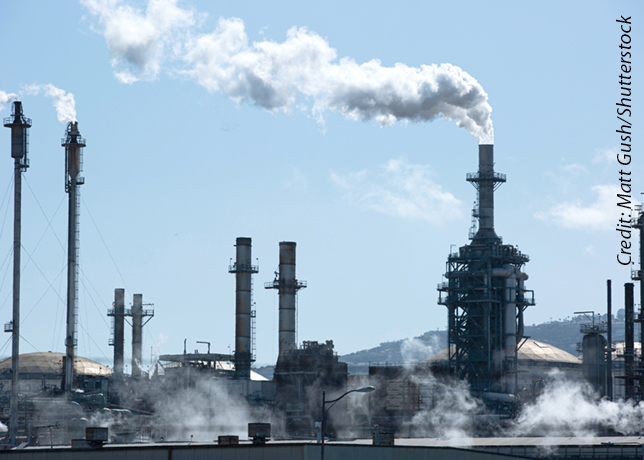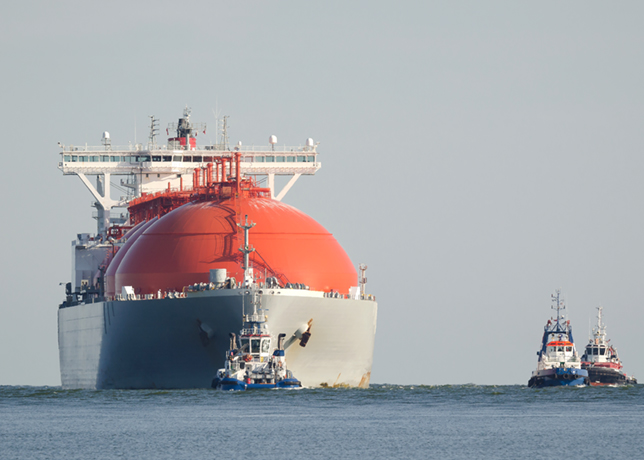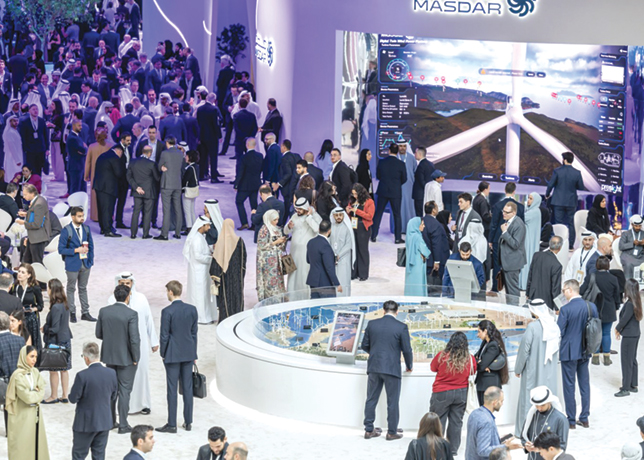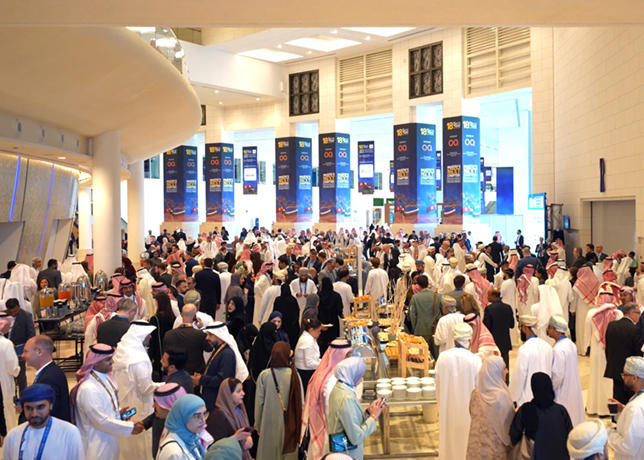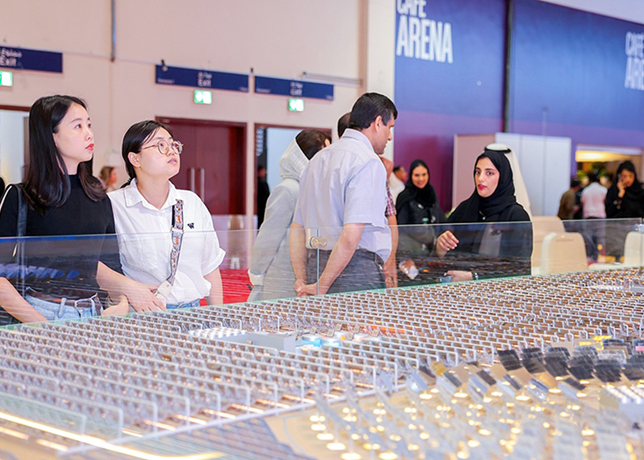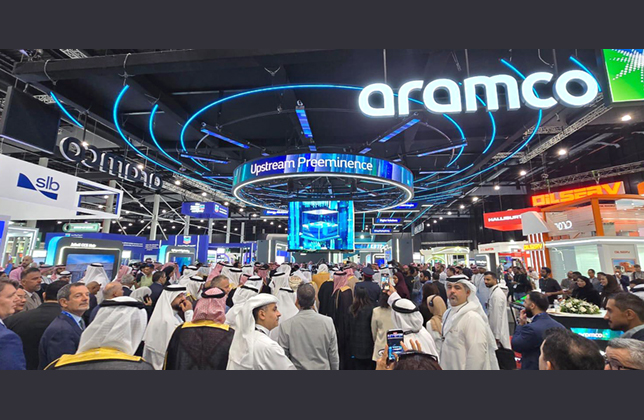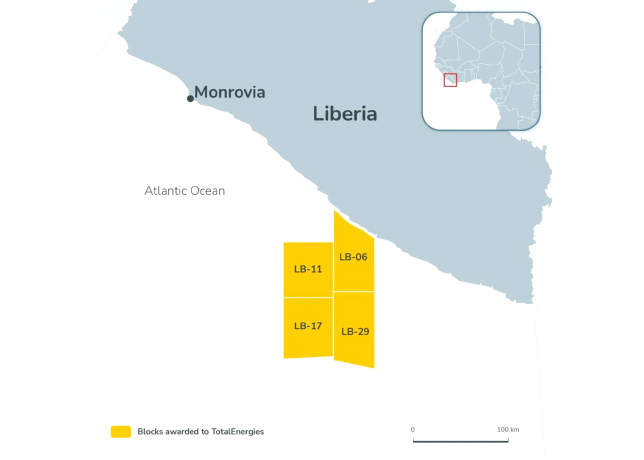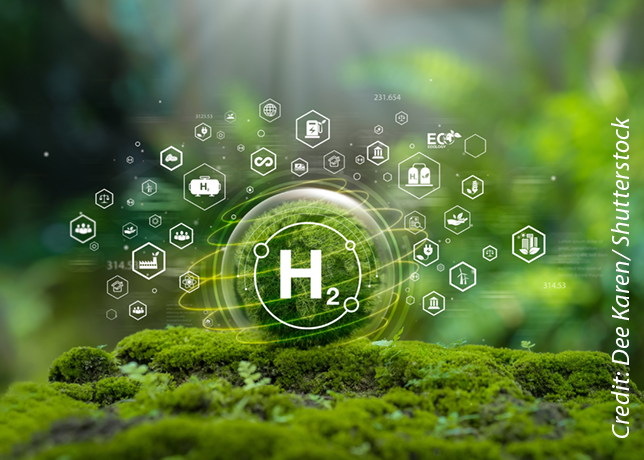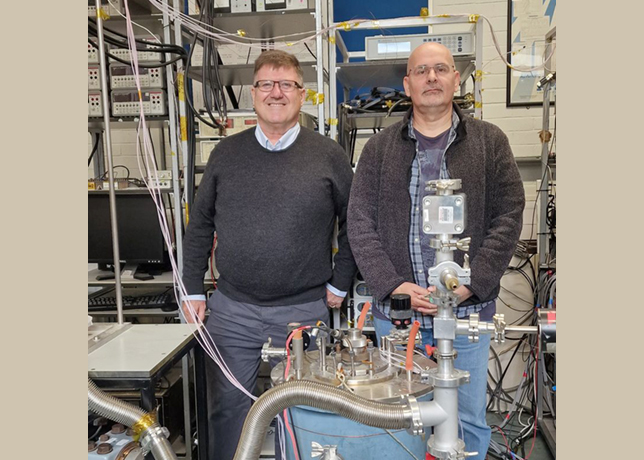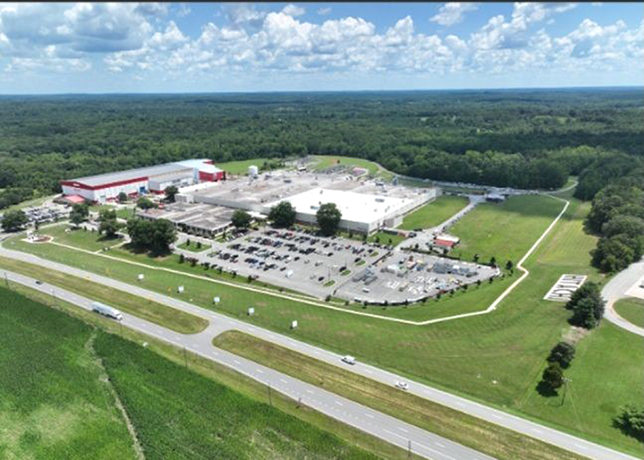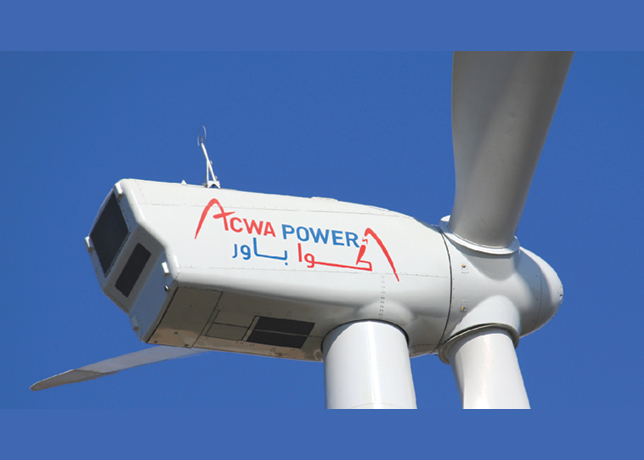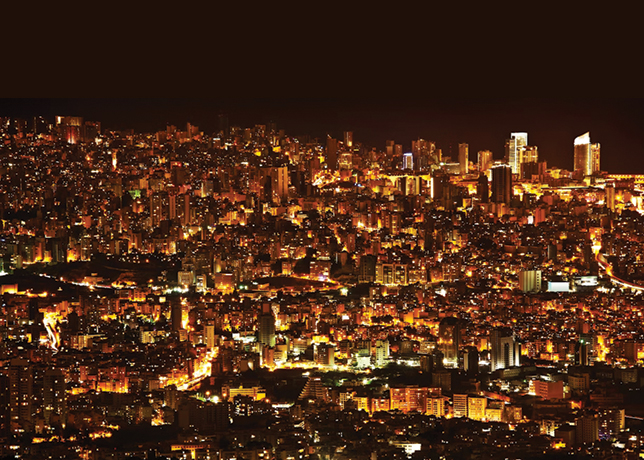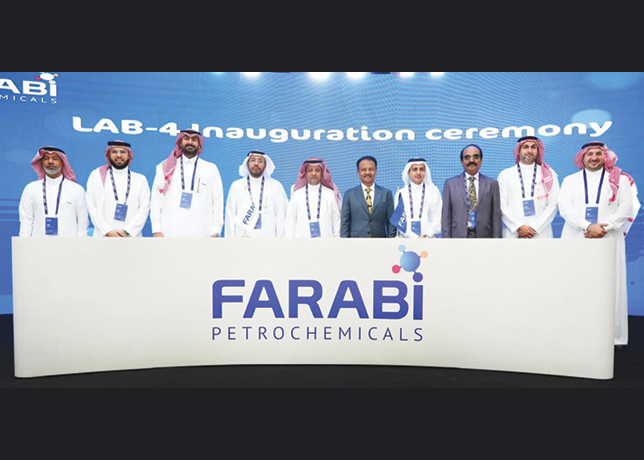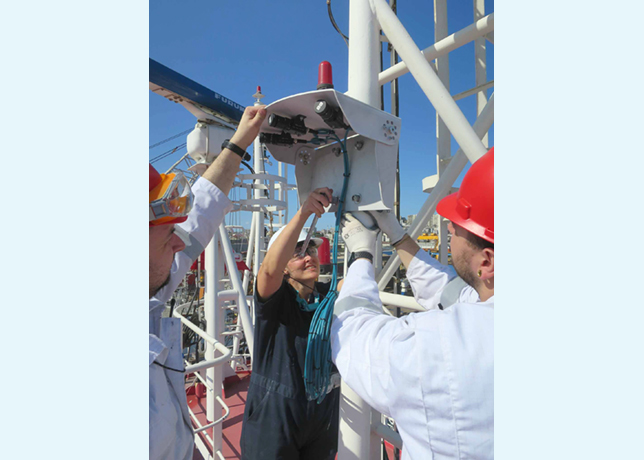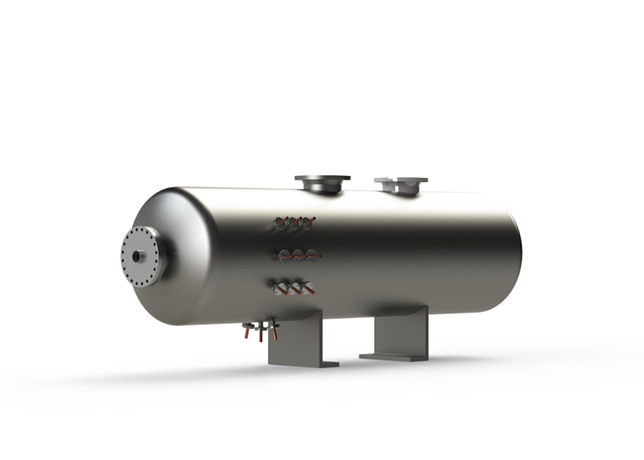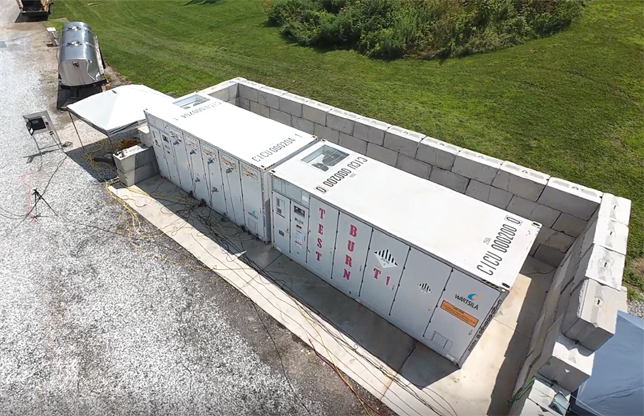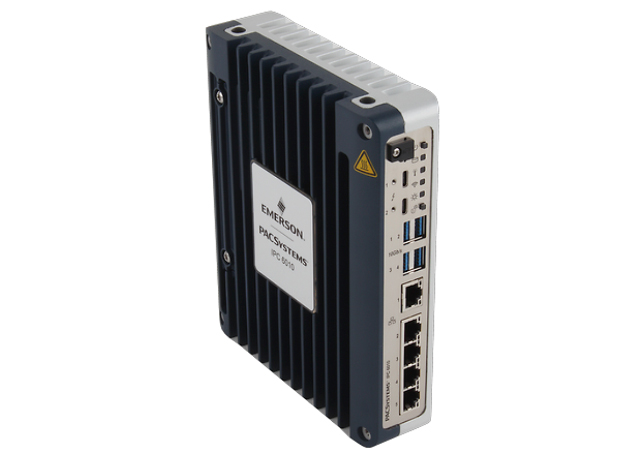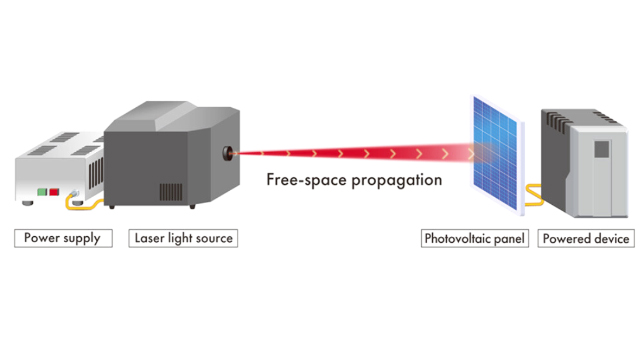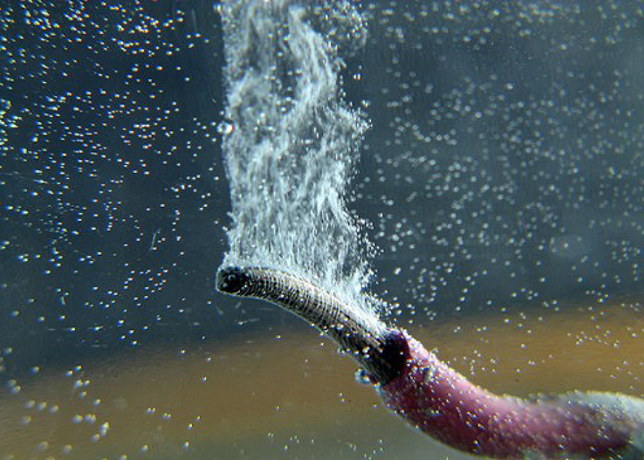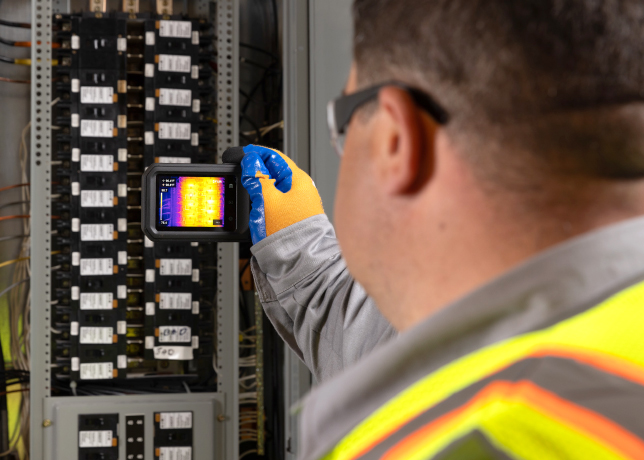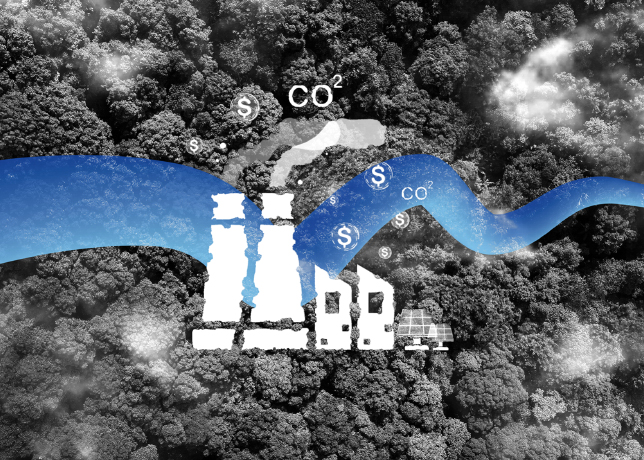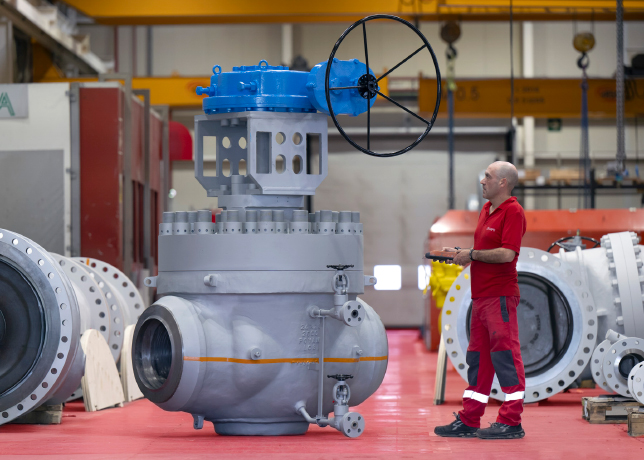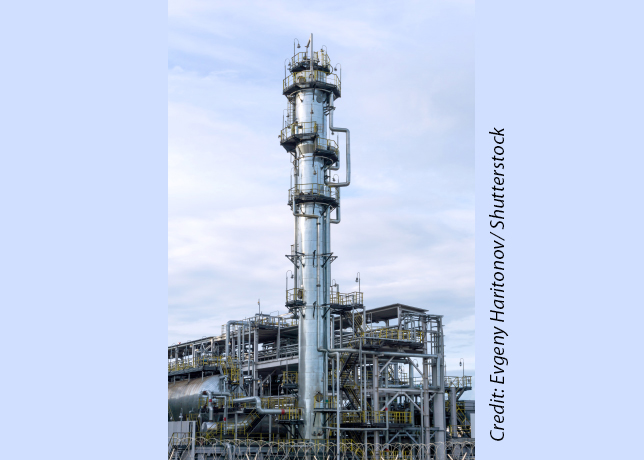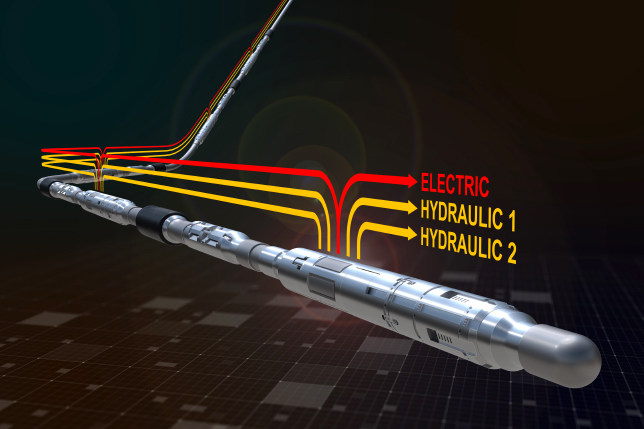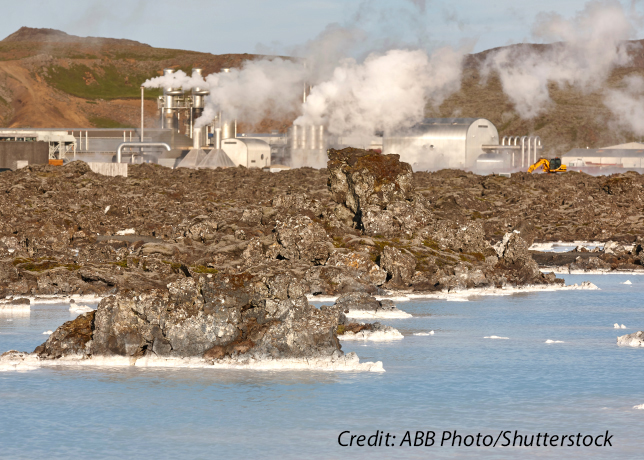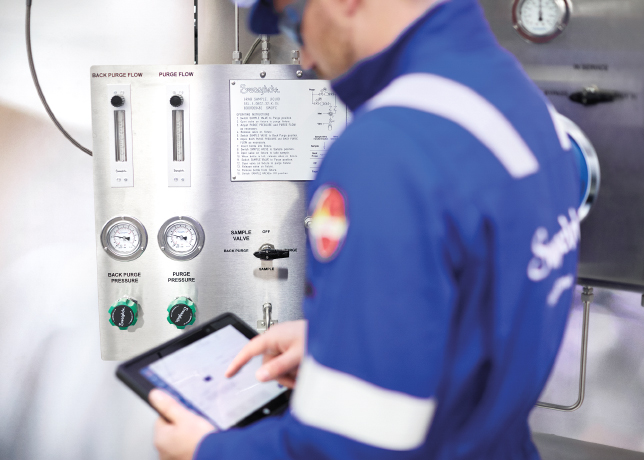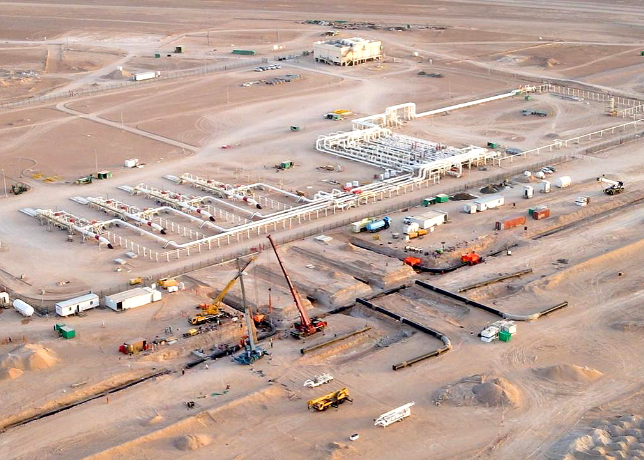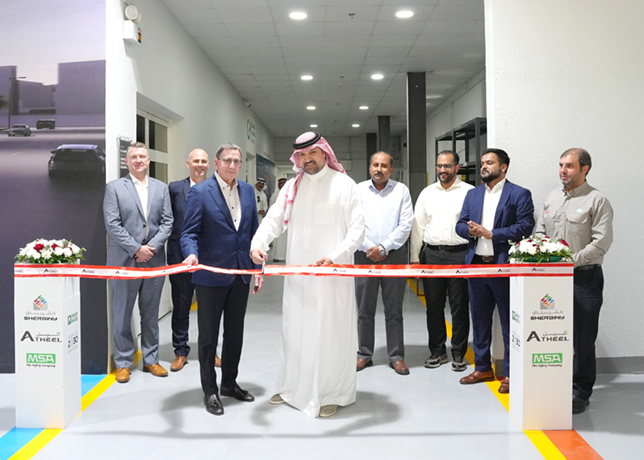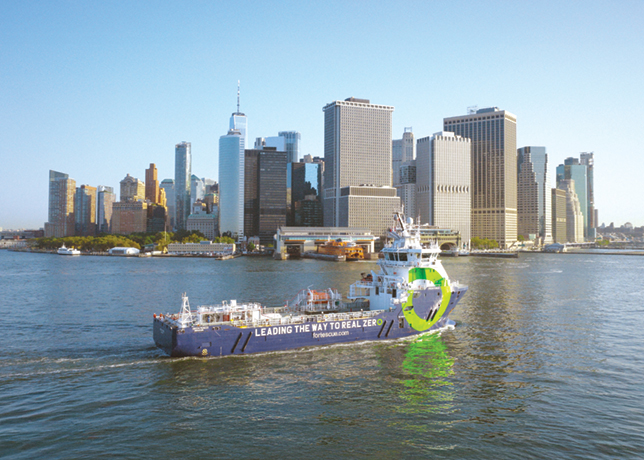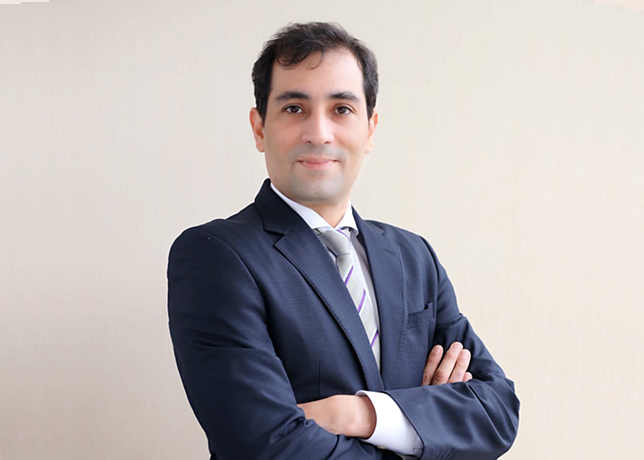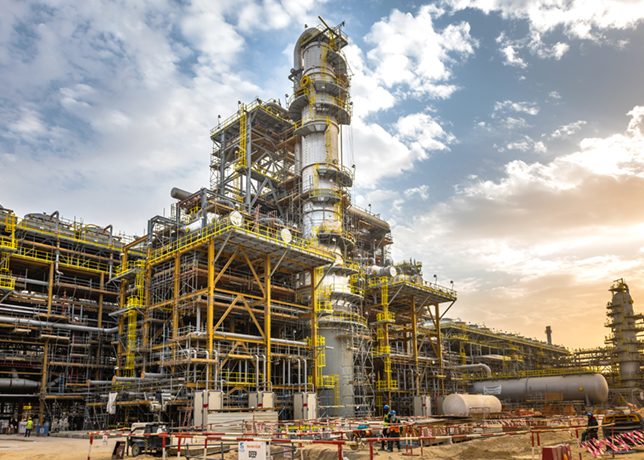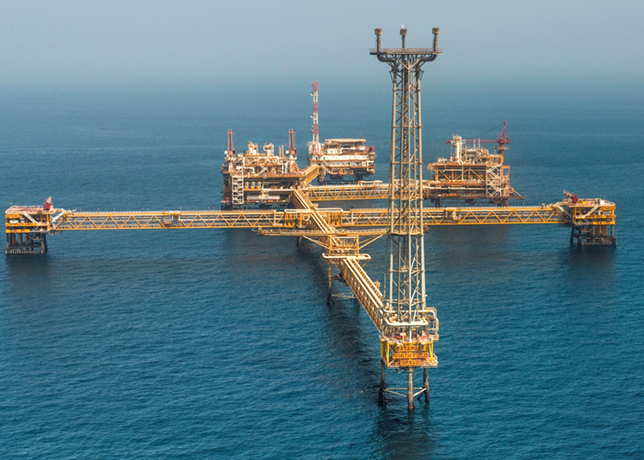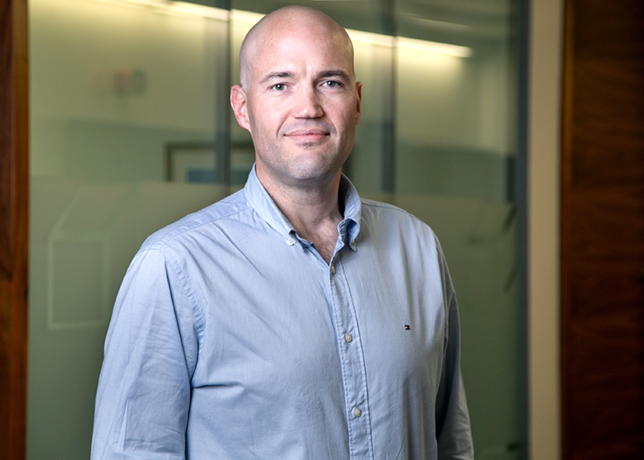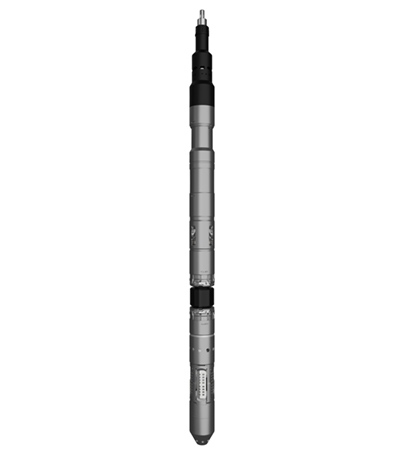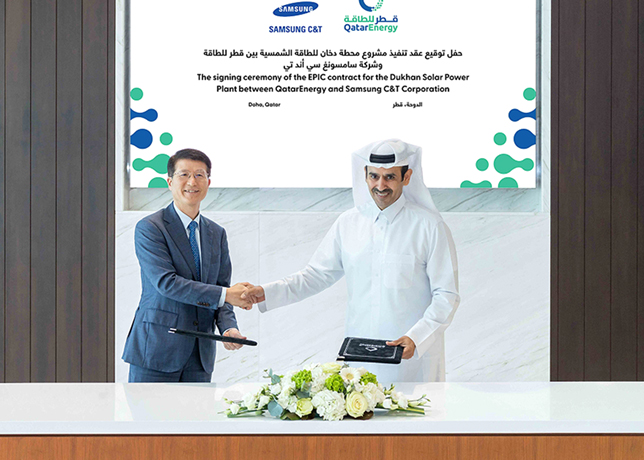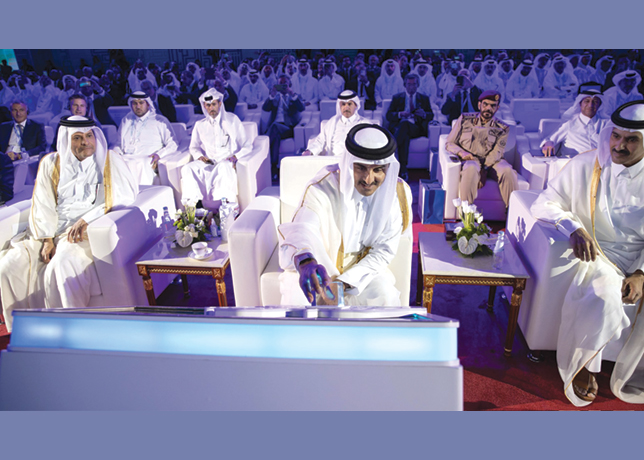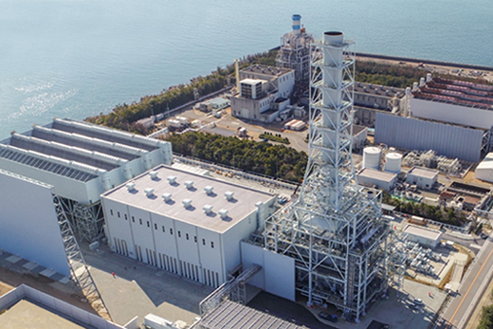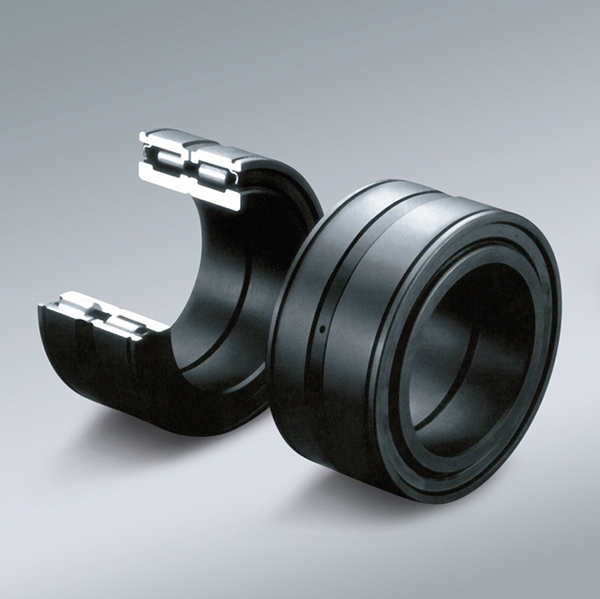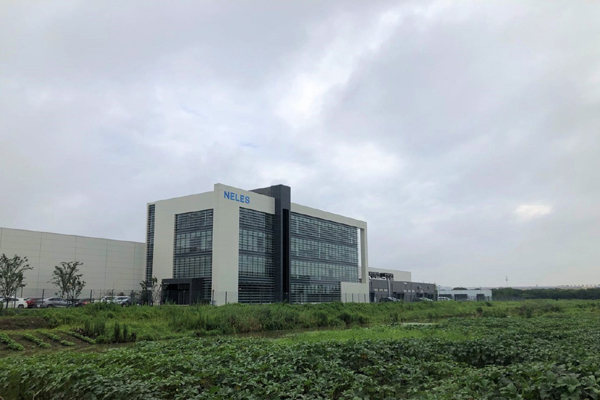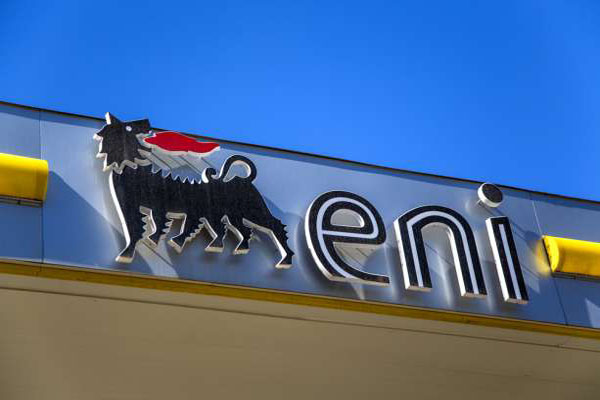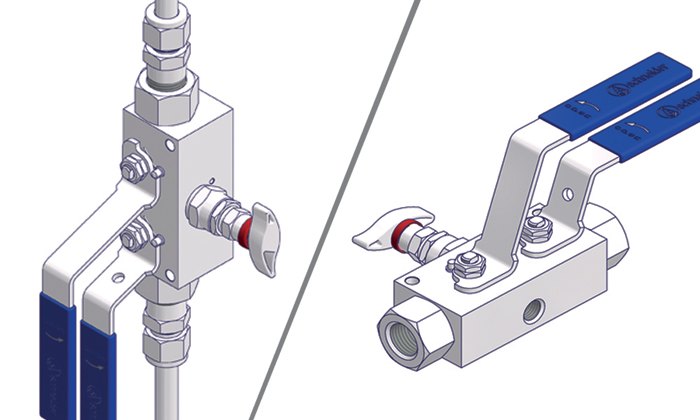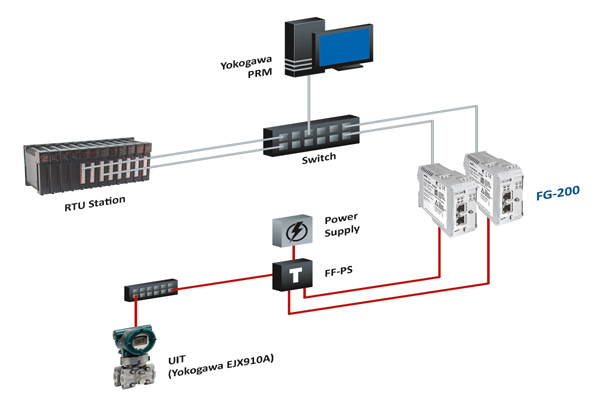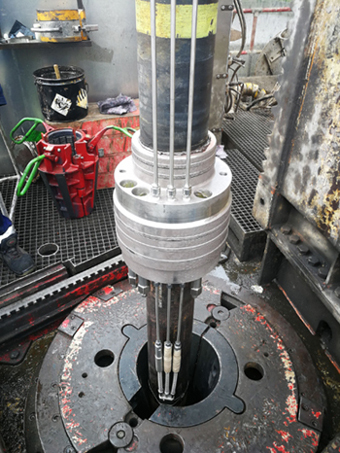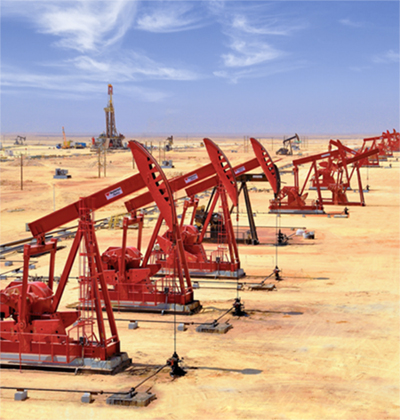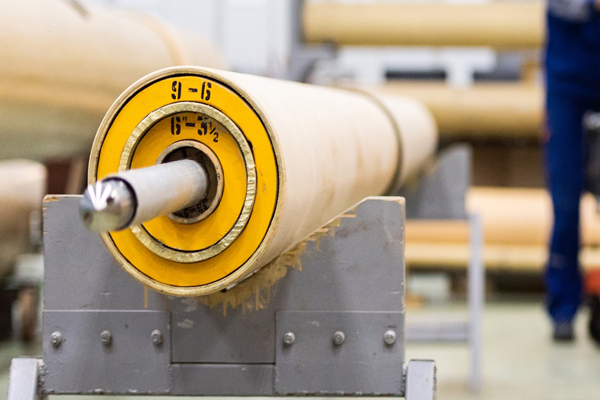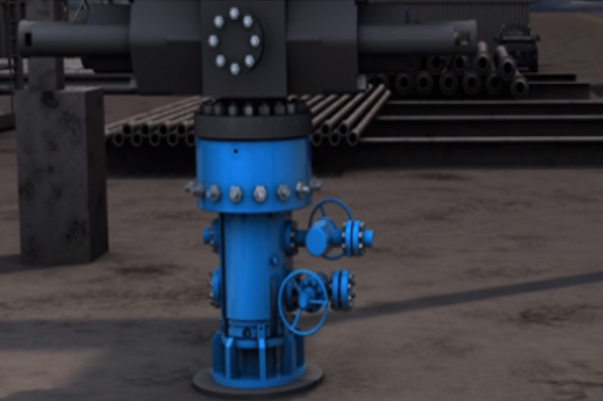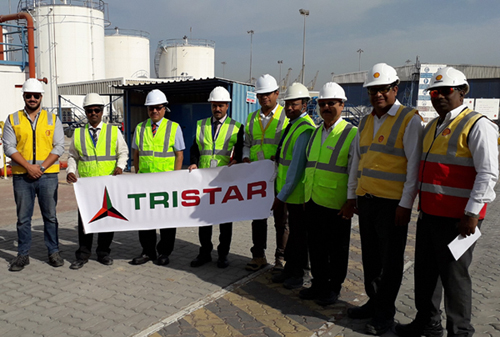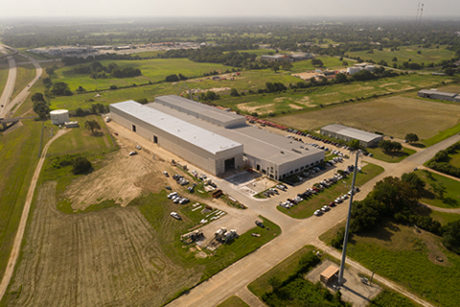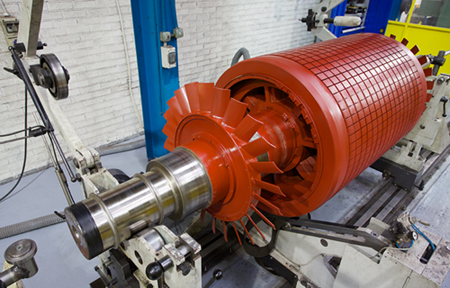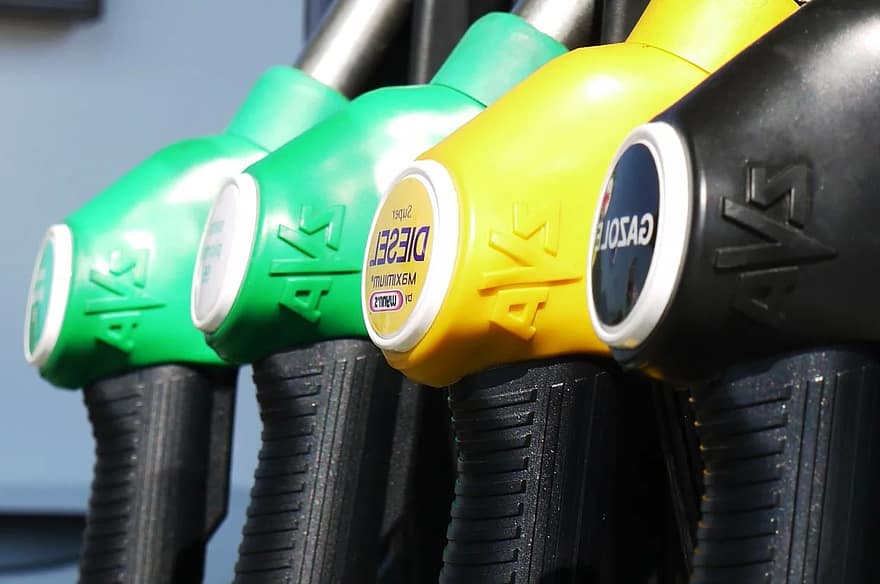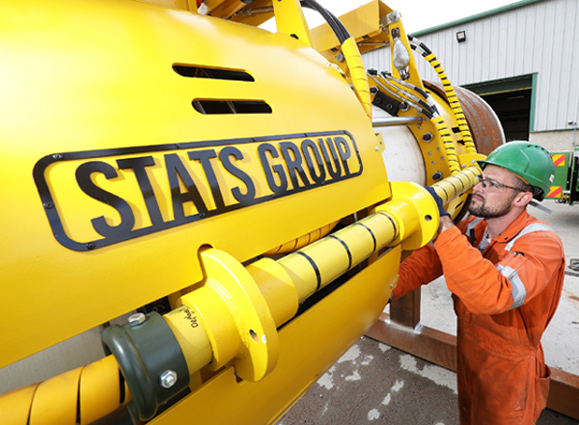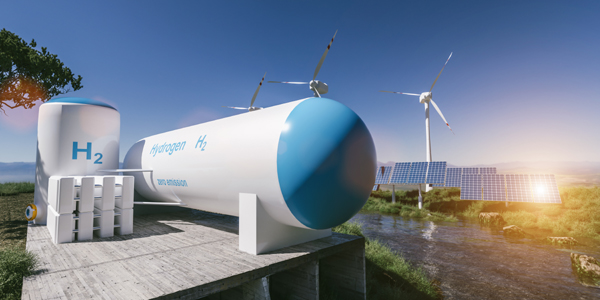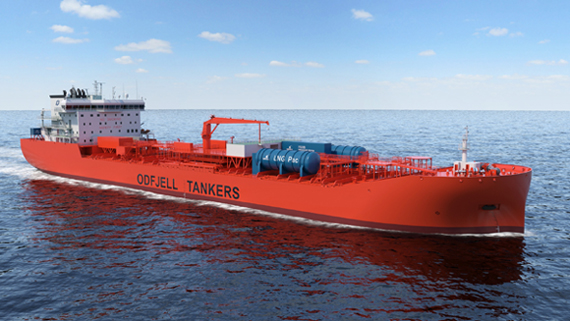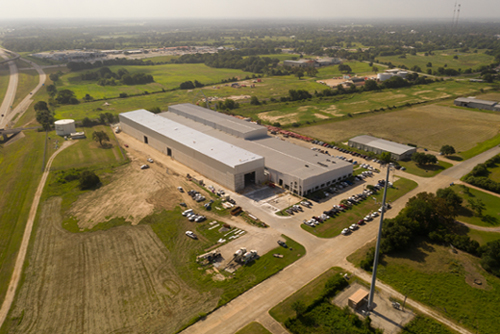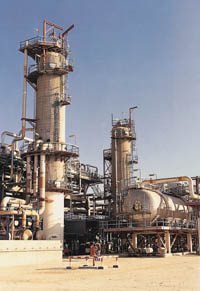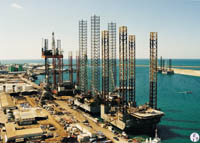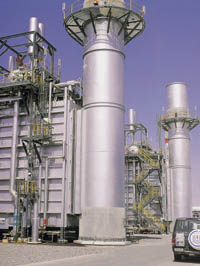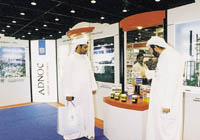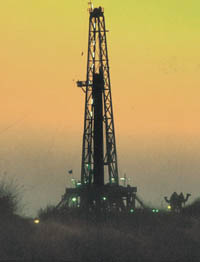
 A jetty at Adgas ... deriving maximum value from gas
A jetty at Adgas ... deriving maximum value from gas
Industrial development and growth in the UAE is a result of many forces and factors, and Abu Dhabi National Oil Company's (Adnoc) offshore developments have proven to be a key component in national growth.
As the country has developed, so Adnoc has expanded its activities to meet both upstream and downstream offshore challenges.
From the enhanced management of reservoirs and increased oil and gas production to maximising the value of its resources, Adnoc can point to a number of major successes.
By way of example, Abu Dhabi Gas Liquefaction Company (Adgas) - 70 per cent-owned by Adnoc, 15 per cent by Mitsui & Co of Japan, 10 per cent by BP and five per cent by TotalFinaElf - continues to derive maximum value from the UAE's gas resources, and has established itself as a leading producer and exporter of liquefied natural gas (LNG).
Using feedstock gas from fields operated by Abu Dhabi Marine Areas Operating Company (Adma-Opco) and Zakum Development Company (Zadco), Adgas produces some eight million tonnes per year (tpy) of LNG, LPG, C5 and sulphur. LNG capacity is 5.8 million tpy, with LPG capacity of approximately 1.7 million tpy at present.
In July this year, the Das Island facility set a total production record of 766,581 tonnes for the month, 528,023 tonnes of which was LNG.
The plant recently completed the revamp of Train-3 propane compressor, leading to higher production. With the revamp, production at Train-3 has increased to an average of 380 tonnes per hour of LNG from 320 tonnes per hour, according to Adgas.
Adgas is also planning a new $200 million LPG facility on Das Island, according to reports.
Stone & Webster has been appointed as the project management consultant for the plant, which is expected to have a capacity of approximately one million tpy.
The bulk of Adgas' LNG production is exported to Tokyo Electric Power Company (Tepco) of Japan, with smaller amounts shipped to Spain, the US and South Korea.
Tepco signed the original LNG supply deal in 1972, committing to buy the then unbuilt plant's annual production for 20 years following commissioning.
Long term agreements such as that with Tepco are seen as crucial for the huge investments required for an LNG project of Adgas' scope.
A new Sales and Purchase Agreement (SPA) signed between Adgas and Tepco in 1994 now binds the two companies together until 2019.
Meanwhile, Petroleum GeoServices (PGS) Middle East is in the process of conducting a 3D ocean-bottom seismic survey over Abu Dhabi's Zakum field.
The project is valued at $50 million according to reports, with work on the survey - which involves laying cables underwater for data collation - set to continue until the end of this year.
The Zakum field is also witnessing a $100 million gas reinjection project. The second phase of the so-called Crestal gas project is aimed at boosting capacity at the Zakum oilfield through the injection of 200 million cu ft per day of gas.
The Upper Zakum field is operated by Zadco - a joint venture between Adnoc (88 per cent) and Japan Oil Development Company (12 per cent) - which currently produces about 520,000 bpd of the UAE's total output of approximately two million bpd.
The Upper Zakum field has experienced falling pressure and other technical difficulties, and the UAE's Supreme Petroleum Council (SPC) has been looking for technical and financial assistance to help revamp the field.
The other offshore operator, Adma-Opco, produces approximately 500,000 bpd from the Lower Zakum and Umm Shaif fields, though the company is said to be looking to boost sustainable capacity to 600,000 bpd.
Discovered in 1958, Umm Shaif produces both oil and gas, with the gas being supplied to the Adgas facility at Das Island.
The Zakum field is one of the ten largest offshore fields in the world, and the second largest in the Gulf.
Onshore, the Abu Dhabi Company for Onshore Oil Operations (Adco) has invited prequalified companies to bid for the front end engineering and design (FEED) work on the so-called northeast Abu Dhabi project, according to reports.
The project involves increasing oil production from the Rumaitha and Al Dabbiyah fields to a sustainable capacity of 150,000 bpd and a maximum of 180,000 bpd, from present small volumes.
The project is said to include the installation of a gas lift system, water injection facilities and gas separation compressors at the fields. It is scheduled for completion in 2005.
Adco accounts for nearly all onshore oil output in Abu Dhabi, with a current sustainable capacity of 1.2 million bpd.
In expanding its output to a target 1.4 million bpd by 2005, Adco has approved a plan to spend $2 billion over the next five years, of which around half will be spent on drilling, $600 million on field development and $270 million on infrastructure.
Attention will also focus on the Bab and Bu Hasa fields, where an extensive drilling and gas reinjection programme will be carried out, according to reports.
The programme will focus on the installation of four new separation units, each of 120,000 bpd, to replace two existing two-phase units of 50,000 bpd each. An upgrade of four other units will be carried out, along with the modernisation of Bu Hasa's instrumentation and control system.




